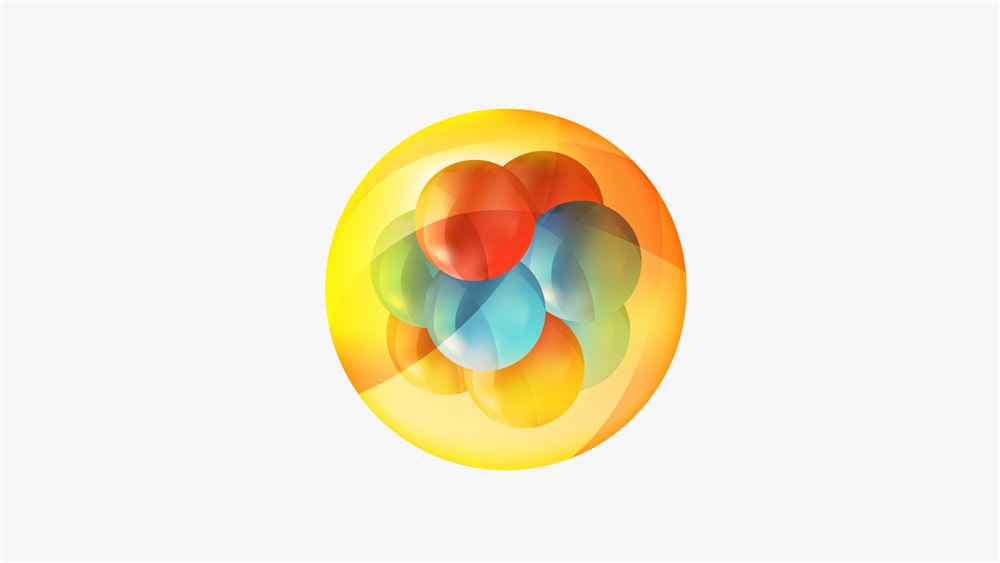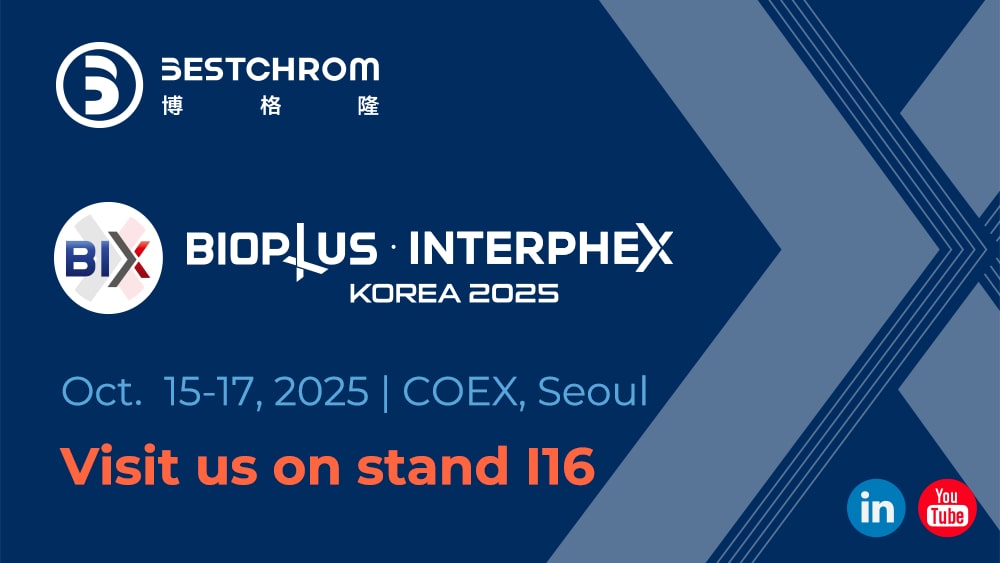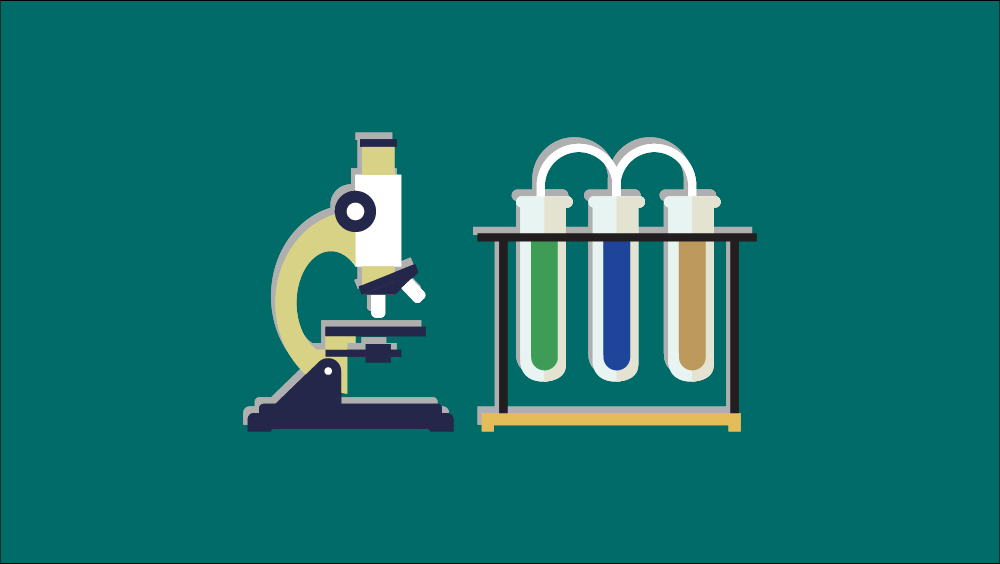Research Paper Sharing | How to remove aggregate from antibody? Try Protein A resin-based approach
In the purification process of antibody, the removal of aggregates has always been a challenge. The existence of aggregates will negatively impact product quality via increased immunogenicity risk. As the most commonly used approach in antibody capture, Protein A resin enjoys high efficiency in the removal of process-related impurities including HCP and DNA. However, Protein A resin suffers from some limit in the removal of antibody aggregates. Aggregates are usually tightly bind to monomer, which prevents excellent separation even by adjusting pH in elution. Therefore, the removal of aggregates is usually performed in the subsequent intermediate and polishing stages, despite of the big challenge might be presented by high content of aggregates. In this article, an innovative Protein A based approach for the effective removal of aggregates will be shared and introduced.
Polyethylene glycol (PEG) + CaCl/NaCl combination
A new approach has been presented recently to significant improve the removal of aggregate using Protein A chromatography. A combination of PEG+CaCl/NaCl is added in the wash and elution buffer. By optimizing the concentration of added buffer, it is possible to achieve the complete isolation of monomer and aggregate.
Principle & Analysis:
1. The impact of PEG on Protein A elution peak
In one study, the researcher added PEG of different conc.(1.5%,3%,5% and 10%) in elution buffer and then observe the PEG’s impact on Protein A elution curve. PEG, as a commonly used additive, can usually improve resolution of monomer and aggregate in hydroxyapatite, IEX and mixed-mode chromatography. Specifically, PEG enhances the protein retention on chromatography columns and this enhancement is positively correlated to molecular weights of proteins. However, for Protein A column, the use of 10% PEG failed to improve the resolution of monomer and aggregate. Instead, PEG slightly increased residence time of target antibody and therefore a steeper elution peak was observed. This helps to explain the absence of PEG approach in the previous documents concerning Protein A chromatography.
2. The impact of CaCl on Protein A elution peak
According to researchers in another study, adding 500mM of dissociative salts(CaCl and MgCl2) can significantly improve resolution of dimer and homodimer on Protein A chromatographic column, as well as enable the elution of above-mentioned antibodies at relatively high pH condition. Specifically, dissociative salts can improve selection of resin by changing the hydrophobicity between antibody and Protein A ligands. Based on this conclusion, we will further discuss the potential application of CaCl in the removal of aggregates. In the study, the impact on Protein A elution peak of CaCl in different concentrations (250 mM, 500 mM, 750 mM and 1 M) was compared, indicating the presence of CaCl can improve resolution of monomer and aggregate to some extent and 500mM of CaCl enjoyed the best efficiency.
Operation tips:
According to the study, adding PEG alone will not effectively improve separation of monomer and aggregate on Protein A column. CaCl, as an additive, can improve resolution by adjusting hydrophobic interaction, especially in the removal of antibody aggregates.
• In the capture stage of Protein A, add NaCl/ CaCl to elution buffer, meanwhile add 5% PEG, this combination can improve effectiveness of aggregate removal .
• According to property and content of antibody , adjust concentration of salt and PEG. It is recommended to conduct lab-scale experiment first.
• Despite the positive impact of CaCl on resolution, it can negatively impact the activity of protein. Therefore, it is necessary to conduct condition screening and parameters optimization during experiment before comprehensive evaluation.
Parameters for optimization:
• PEG concentration range:e.g. 1.5%、3%、5%、10%
• CaCl concentration range:e.g. 250 mM, 500 mM, 750 mM, 1 M
• NaCl concentration range:e.g. 250 mM, 500 mM, 600 mM, 750 mM
• According to the case study in this article, 500mM CaCl/750mM NaCl and 5% PEG can deliver the best performance with significantly improved separation effectiveness.
Advantages of the approach:
1. Significantly improved removal effectiveness:
• Aggregate concentration in eluted solution dropped from 20% to 3-4% by adding 500mM CaCl+5% PEG to elution buffer.
• PEG and CaCl/NaCl showed significant synergy under the right concentration, improving the separation of monomer and aggregate.
2. Improved process stability:
• This approach reduced aggregate content in the capture step of Protein A, mitigating pressure in subsequent polishing step and eventually improve the stability of the whole purification process.
Conclusion
By adding PEG+CaCl/NaCl to elution buffer in Protein A chromatography, aggregate removal can be dramatically improved while still maintaining high recovery. This approach is easy to operate and therefore can be directly used in existing process, providing more possibility for purification process optimization.
Reference
Yuan Zhang et al., A method for improving protein A chromatography's aggregate removal capability, Protein Expression and Purification 158 (2019) 65–73.









.png)


